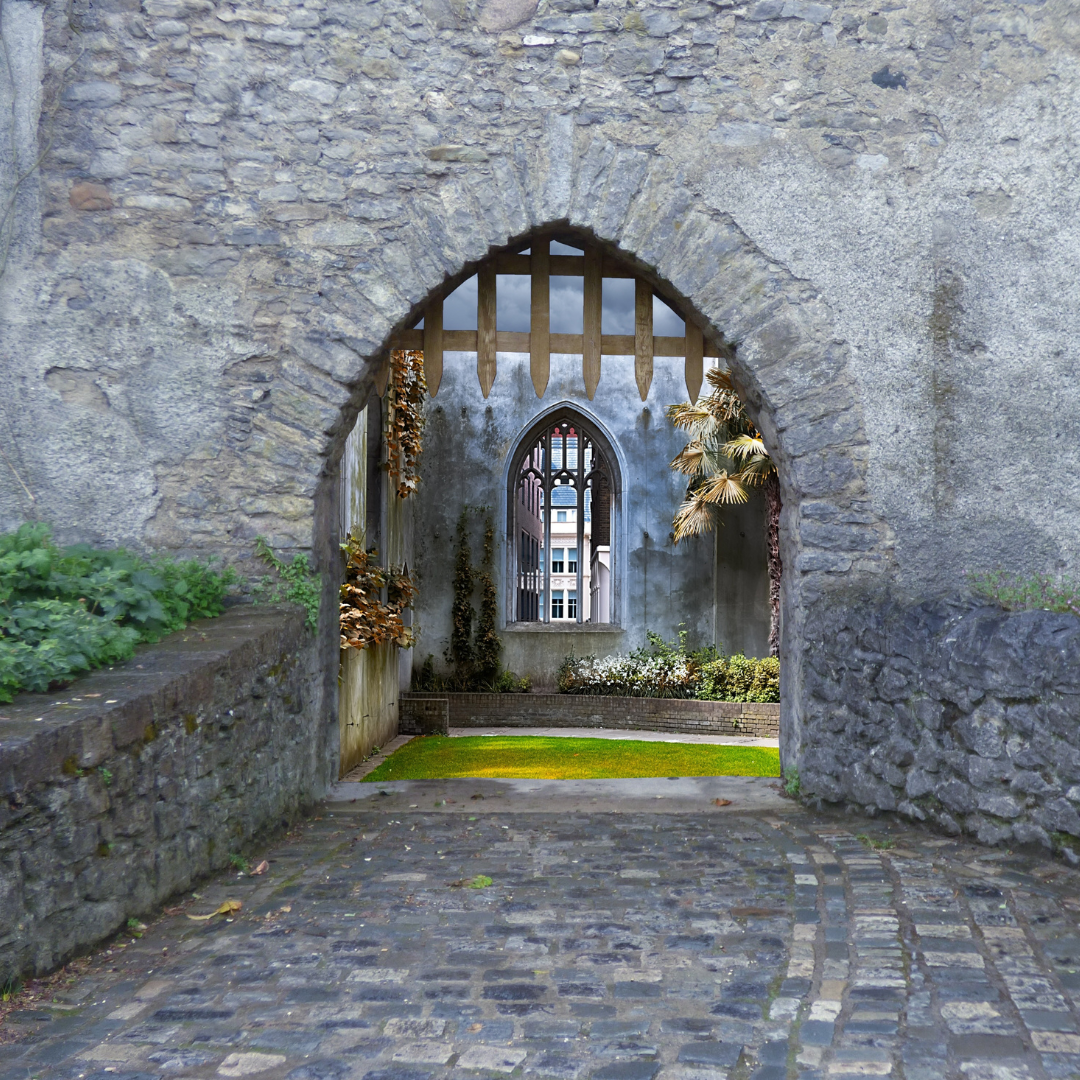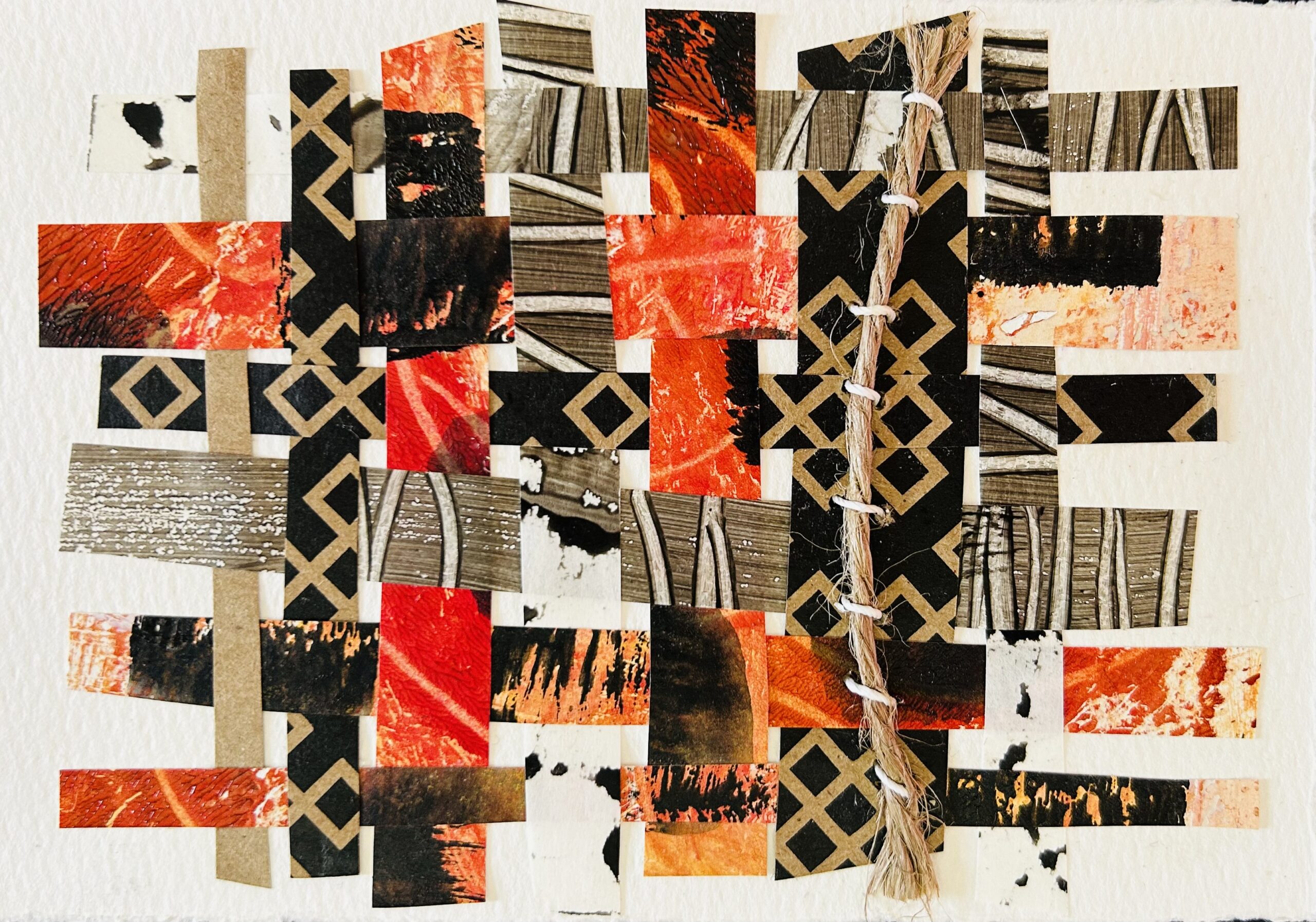A number of years ago, Susie Kessler and I facilitated a Ma’yan tashlikh ceremony (the New Year ritual which involves a symbolic casting away of sins by throwing breadcrumbs into flowing water). Susie and I had always been bothered by the idea that we had to confront the New Year with a list of instances where once again we had failed, missed the mark, and needed to improve. Who needed this whole litany of sins where we had to consider how we hadn’t measured up to some standard set by this judgmental and punishing God?
In setting out to reframe the idea of sin and find something more relevant and constructive, we came upon a deeper meaning for the word tashlikh. Tashlikh means “you shall cast away,” but the word shalekhet, from the same Hebrew root, means shedding, as in foliage on trees that drop their leaves in the fall. Shalekhet is also a feminine word, and for me there is something feminine in the concept of letting go as part of a natural ongoing cycle. As we investigated this idea further we began to consider what growth we had in the past year and what pieces of us we were ready to shed or let go. Perhaps tashlikh is a letting go ceremony of unneeded parts of ourselves, patterns that no longer serve us.
In the ceremony we asked participants to focus on what they took on in the past year that they were ready to release, what no longer served them, what felt obsolete, old, and dried out. We gave them rose petals instead of bread to cast into the water to remind us of our fragility, beauty, and vulnerability.
Since that ceremony, tashlikh has been transformed for me. It is not about how I have sinned. Instead I imagine a large oak tree and visualize old and dried leaves being blown by the wind, carrying these pieces of me that no longer nourish me. And it is with that sense of movement that I enter the stillness of Yom Kippur.
Originally published in Ma’yan Journey, Fall 1999.













